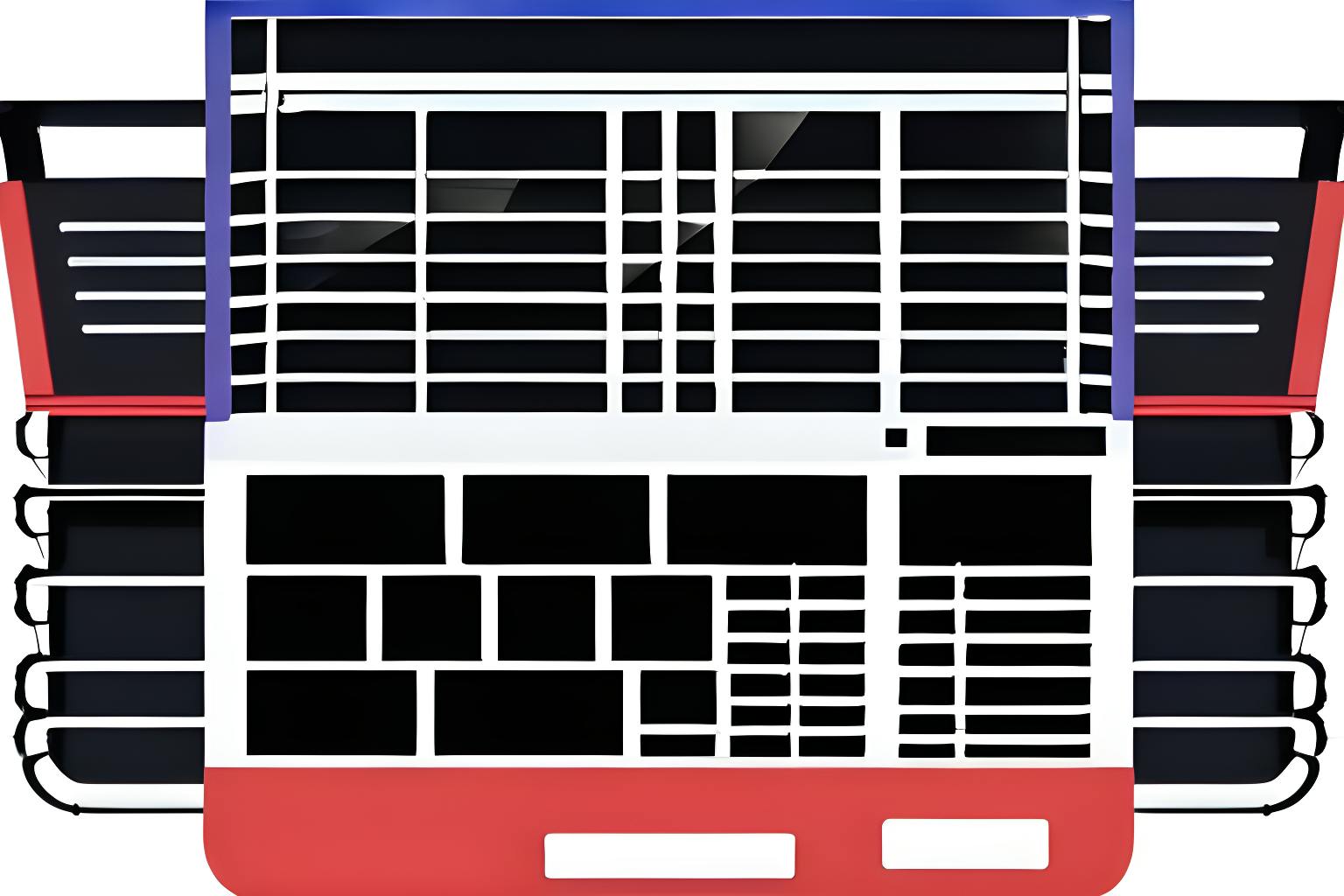The New York Times Company v. Microsoft Corporation Court Filing December 27, 2023 is part of HackerNoon’s Legal PDF Series. You can jump to any part in this filing here. This is part 6 of 27.
IV. FACTUAL ALLEGATIONS
A. The New York Times and its Mission
3. A Commitment to Quality Journalism
38. It takes enormous resources to publish, on average, more than 250 original articles every day. Many of these articles take months—and sometimes longer—to report. That output is the work of approximately 5,800 full-time equivalent Times employees(as of December 31, 2022), some 2,600 of whom are directly involved in The Times’s journalism operations.
39. Quite often, the most vital news reporting for society is the most resource-intensive. Some of The Times’s most important journalism requires deploying teams of journalists at great cost to report on the ground around the world, providing best-in-class security and support, filing lawsuits against government entities to bring information to light, and supporting journalists through investigations that can take months or years.
40. Subscription, advertising, licensing, and affiliate revenue make this reporting possible. In 1996, The Times launched a core news website, alongside its paid print edition, that was free. As readers shifted from print news to digital products, The Times—like most print publishers—faced the prospect of not being able to continue funding its journalism. In response, The Times reinvented its business model to incorporate digital subscriptions. The Times launched its metered paywall in 2011, in what it called “a bet that readers will pay for news they are accustomed to getting free.”[2]
41. Thanks to the quality of The Times’s journalism, that strategic innovation paid off, which allowed The Times to continue to exist and to thrive. Today, the vast majority of subscribers are digital-only. In the 12 years since The Times launched its paywall, it has grown its paid digital subscribership and developed a direct relationship with its online audience through its tireless commitment to making journalism “worth paying for.” Generating and maintaining direct traffic to its online content and mobile applications are critical components of The Times’s financial success.
42. By the third quarter of 2023, The Times had nearly 10.1 million digital and print subscribers worldwide. The Times aims to have 15 million subscribers by year-end 2027.
43. The Times makes journalism “worth paying for” by publishing articles that are exhaustively researched and reported, thoughtfully written, carefully edited, and thoroughly factchecked.
44. In addition, The Times has deepened its relationship with its readers by expanding its offerings to better encompass its readers’ specific interests, including best-in-class offerings like Cooking, Wirecutter, Games, and The Athletic.
45. The Times’s paywall does not require payment for all access to The Times’s content. To build audience engagement and loyalty, The Times’s access model generally offers registered users free access to a limited number of articles and other content before requiring them to subscribe for access to additional content. Approximately 50 to 100 million users, on average, engage with The Times’s digital content each week. This traffic is a key source of advertising revenue and helps drive future subscriptions to The Times.
46. The Times also compiled digital archives of all its material going back to its founding, at significant cost. Its digital archives include The New York Times Article Archive, with partial and full-text digital versions of articles from 1851 to today, and the TimesMachine, a browser-based digital replica of all issues from 1851 to 2002. This represents a singular database of contemporaneous language and information, as well as a unique and valuable historical record. The Times also provides its own API that allows researchers and academics to search Times content for non-commercial purposes.
Continue Reading Here.
[2] Jeremy W. Peters, The Times Announces Digital Subscription Plan, N.Y. TIMES (Mar. 17, 2011), https://www.nytimes.com/2011/03/18/business/media/18times.html.
About HackerNoon Legal PDF Series: We bring you the most important technical and insightful public domain court case filings.
This court case 1:23-cv-11195 retrieved on December 29, 2023, from nycto-assets.nytimes.com is part of the public domain. The court-created documents are works of the federal government, and under copyright law, are automatically placed in the public domain and may be shared without legal restriction.

